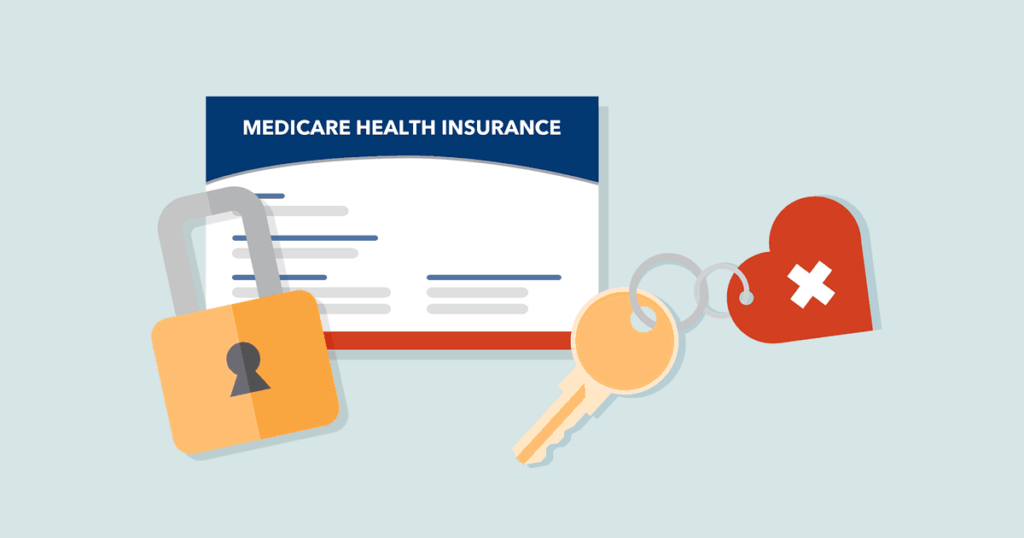Annual Medicare Changes and Medicare Costs

At Plan Medicare, we believe that understanding Medicare coverage is crucial to securing your health and wellbeing during your retirement years. With that in mind, we’ve put together a comprehensive guide to help you navigate the ins and outs of Medicare coverage and the annual changes that can affect your costs.
Medicare is a federal health insurance program that provides coverage to people over 65, as well as those with certain disabilities and chronic conditions. The program is divided into several parts, each covering specific health services:
Medicare Part A
Medicare Part A covers inpatient hospital care, skilled nursing care, and hospice care. Most people do not have to pay a premium for Part A, as long as they or their spouse have paid Medicare taxes for at least 10 years.
Medicare Part B
Medicare Part B covers outpatient care, preventive services, and medically necessary services. This includes doctor visits, lab tests, and some home health services. Most people pay a monthly premium for Part B, which is based on their income.
Medicare Part C
Medicare Part C, also known as Medicare Advantage, is an alternative to Original Medicare (Parts A and B) that is offered by private insurance companies. These plans often provide additional benefits, such as dental, vision, and prescription drug coverage, and may have lower out-of-pocket costs.
Medicare Part D
Medicare Part D provides prescription drug coverage. Like Part B, most people pay a monthly premium for Part D, which varies based on the plan they choose.
Annual Changes
Every year, Medicare makes changes to its coverage and costs. These changes can include:
- Premiums: The monthly premiums for Parts B and D can change from year to year.
- Deductibles: The amount you have to pay out of pocket before Medicare coverage kicks in can also change.
- Coinsurance and copayments: The amount you pay for medical services can also change.
It’s important to review your coverage during the Medicare Annual Enrollment Period (AEP), which runs from October 15 to December 7 each year. During this time, you can make changes to your coverage, switch to a different Medicare Advantage plan, or enroll in a Part D plan.
Medicare Costs
The cost of Medicare coverage can vary depending on several factors, including:
- Income: If your income is above a certain threshold, you may have to pay higher premiums for Parts B and D.
- Coverage: The amount you pay for coverage will depend on the type of plan you choose, as well as any additional benefits you may have.
- Health: If you have a chronic condition or require frequent medical care, your out-of-pocket costs may be higher.
To help manage your Medicare costs, you may want to consider a Medicare Supplement Insurance plan, also known as Medigap. These plans can help cover some of the out-of-pocket costs that Medicare does not pay for.
Understanding Medicare coverage and the annual changes that can affect your costs is crucial to securing your health and wellbeing during your retirement years. By staying informed and reviewing your coverage during the AEP, you can make sure you have the right coverage to meet your healthcare needs. At Plan Medicare, we are committed to helping you navigate the complexities of Medicare and secure your health for the future.






